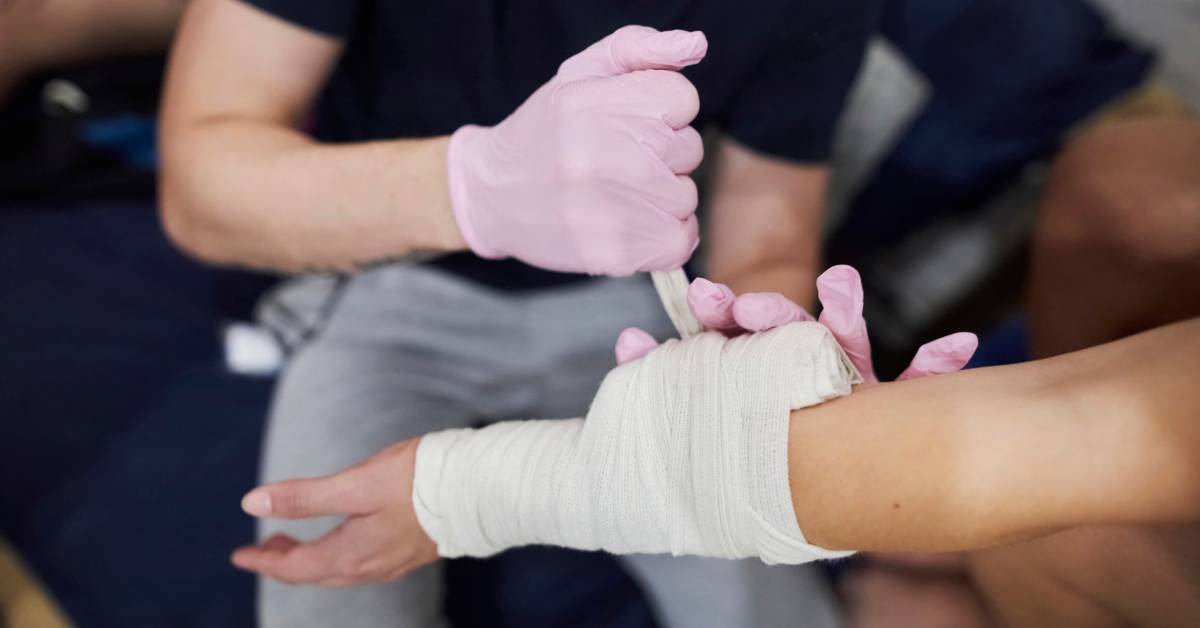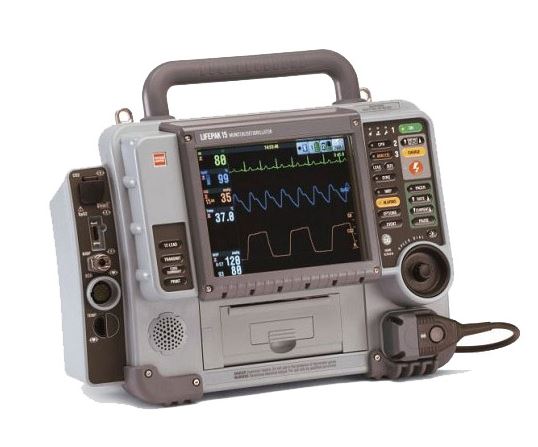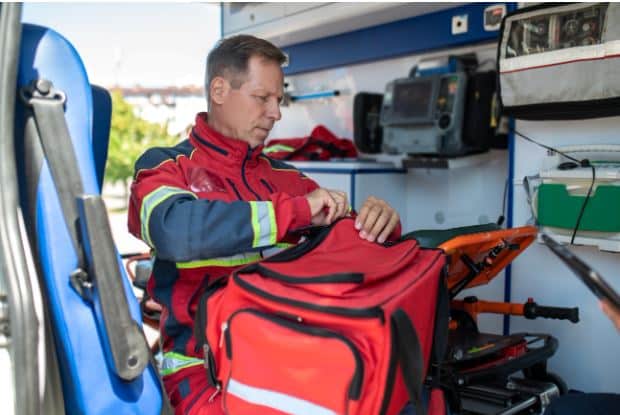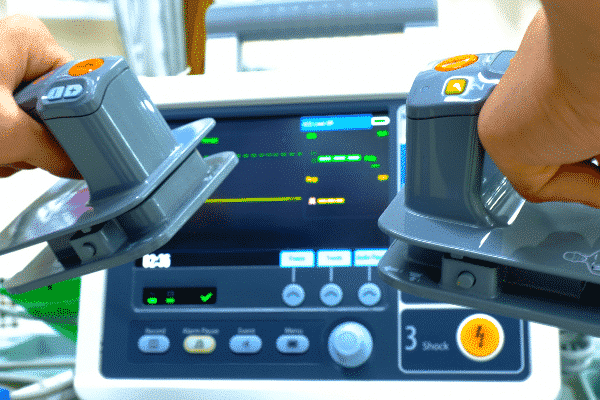
Hemorrhage Control: Exploring the Latest Hemostatic Agents and Bandages
Hemorrhage control is a critical aspect of medical care, particularly in emergency situations where prompt intervention can mean the difference between life and death. Coast Biomedical Equipment recognizes the significance of this issue and is dedicated to providing innovative solutions to help medical professionals effectively manage bleeding.
The Role of Hemostatic Agents
Hemostatic agents play a vital role in controlling hemorrhages by promoting blood clotting and stopping bleeding. These agents can be applied topically to the wound, where they help to accelerate the body’s natural clotting process. Hemorrhage control relies heavily on the effective use of these agents, which are categorized into two main types: synthetic and biological.
Synthetic Hemostatic Agents
Synthetic hemostatic agents are man-made compounds designed to mimic the body’s natural clotting process. These agents are often used with other treatments, such as pressure dressings, to enhance their effectiveness. Examples of synthetic hemostatic agents include:
- QuikClot: A popular choice among medical professionals, QuikClot is a synthetic hemostatic agent that helps to control bleeding by promoting blood clotting.
- HemCon: Another widely used synthetic agent, HemCon, is designed to stop bleeding by creating a physical barrier that prevents blood from flowing.
Biological Hemostatic Agents
On the other hand, biological hemostatic agents are derived from natural sources such as animals or plants. These agents often have a more targeted effect on the clotting process, making them particularly useful in situations where synthetic agents may not be effective. Examples of biological hemostatic agents include:
- Chitosan: A naturally occurring polysaccharide, chitosan promotes blood clotting and stops bleeding.
- Fibrin: A protein found in blood, fibrin is used to create a physical barrier that prevents blood from flowing.
- Prothrombin Complex Concentrate (PCC): PCC contains multiple coagulation factors and is used to quickly restore blood coagulation in patients requiring massive transfusions.
Bandages and Hemorrhage Control
Bandages also play a crucial role in hemorrhage control. The right bandage can help to apply pressure to the wound, promoting blood clotting and stopping bleeding. Coast Biomedical Equipment offers a range of bandages designed specifically for hemorrhage control. The latest bandages include:
- Cellulose-Based Materials: Innovations include dressings made from cellulose nanocrystals that promote rapid clot formation. These materials not only act as a physical barrier but also actively participate in the hemostasis process by enhancing the local concentration of clotting factors.
- External Hemostatic Dressings: These are designed to increase local pressure and concentrate clotting factors at the wound site, effectively controlling severe bleeding. These bandages are often combined with hemostatic agents to maximize their efficiency in trauma care.
Conclusion
Hemorrhage control is a critical aspect of medical care, and the right tools and techniques can make all the difference. Coast Biomedical Equipment is committed to providing innovative solutions to help medical professionals effectively manage bleeding. For more information on our range of hemostatic agents and bandages, contact us today.





